How to design a quadrifilar helix antenna?
The design of a Quadrifilar Helix Antenna (QHA) represents a fascinating blend of electromagnetic theory and precision engineering. This specialized antenna type consists of four helical elements arranged to create a unique radiation pattern ideal for satellite communications and various wireless applications. The QHA design process requires careful consideration of frequency requirements, physical dimensions, radiation patterns, and polarization characteristics. With proper design techniques, these compact antennas deliver exceptional omnidirectional coverage, circular polarization, and reliable performance across challenging operational environments.
Design Principles for Quadrifilar Helix Antennas
Mathematical Foundations
The mathematical foundations for designing a Quadrifilar Helix Antenna involve several key equations and relationships that govern its electromagnetic behavior. When designing a QHA, engineers must first determine the resonant frequency, which dictates the overall dimensions of the antenna structure. The helix circumference typically measures approximately one wavelength at the operating frequency, while the element length often ranges between 0.25 and 1 wavelength depending on desired gain characteristics. Advanced computational models help optimize these parameters for specific applications. The feed system design requires precise phase relationships, typically with 0°, 90°, 180°, and 270° phase shifts between the four helical elements to achieve proper circular polarization. Advanced Microwave Technologies Co., Ltd. utilizes sophisticated simulation tools to optimize these mathematical relationships, ensuring their Quadrifilar Helix Antenna designs deliver optimal performance within their target frequency range of 200-5000MHz with gains between 3-12dB.
Material Selection Considerations
Material selection plays a critical role in the performance and durability of a Quadrifilar Helix Antenna. Engineers must carefully evaluate conductivity, weight, thermal properties, and environmental resistance when choosing appropriate materials. Copper and aluminum alloys are commonly used for the helical elements due to their excellent conductivity and reasonable cost, while specialized alloys may be employed for aerospace or defense applications requiring extreme temperature tolerance. The supporting structure often utilizes dielectric materials with low loss tangent values to minimize signal attenuation. Coatings and protective finishes must be selected to prevent corrosion in challenging environments while maintaining electrical performance. Advanced Microwave Technologies' Quadrifilar Helix Antenna products feature precision-engineered materials that balance performance requirements with environmental durability. Their manufacturing processes ensure consistent material quality across production runs, resulting in reliable antenna performance across the 200-5000MHz operating range with excellent VSWR characteristics around 1.5 across a 20% relative bandwidth.
Feed Network Design
The feed network design represents one of the most challenging aspects of creating an effective Quadrifilar Helix Antenna. This critical subsystem must deliver the proper power distribution and precise phase relationships between the four helical elements. Common approaches include quadrature hybrid couplers, power dividers with phase delay lines, or specialized printed circuit solutions. The feed network must maintain consistent impedance matching across the operational bandwidth to minimize return loss and maximize power transfer efficiency. Engineers must also consider manufacturing tolerances and potential environmental effects on electrical performance. Advanced Microwave Technologies has developed proprietary feed network designs that deliver exceptional phase accuracy and amplitude balance, enabling their Quadrifilar Helix Antennas to achieve polarization axis ratios less than 3dB in the radiation axis, with typical values around 2dB. Their feed networks incorporate temperature compensation techniques for stable performance across wide environmental ranges, making them suitable for demanding applications in defense, aerospace and telecommunications sectors.
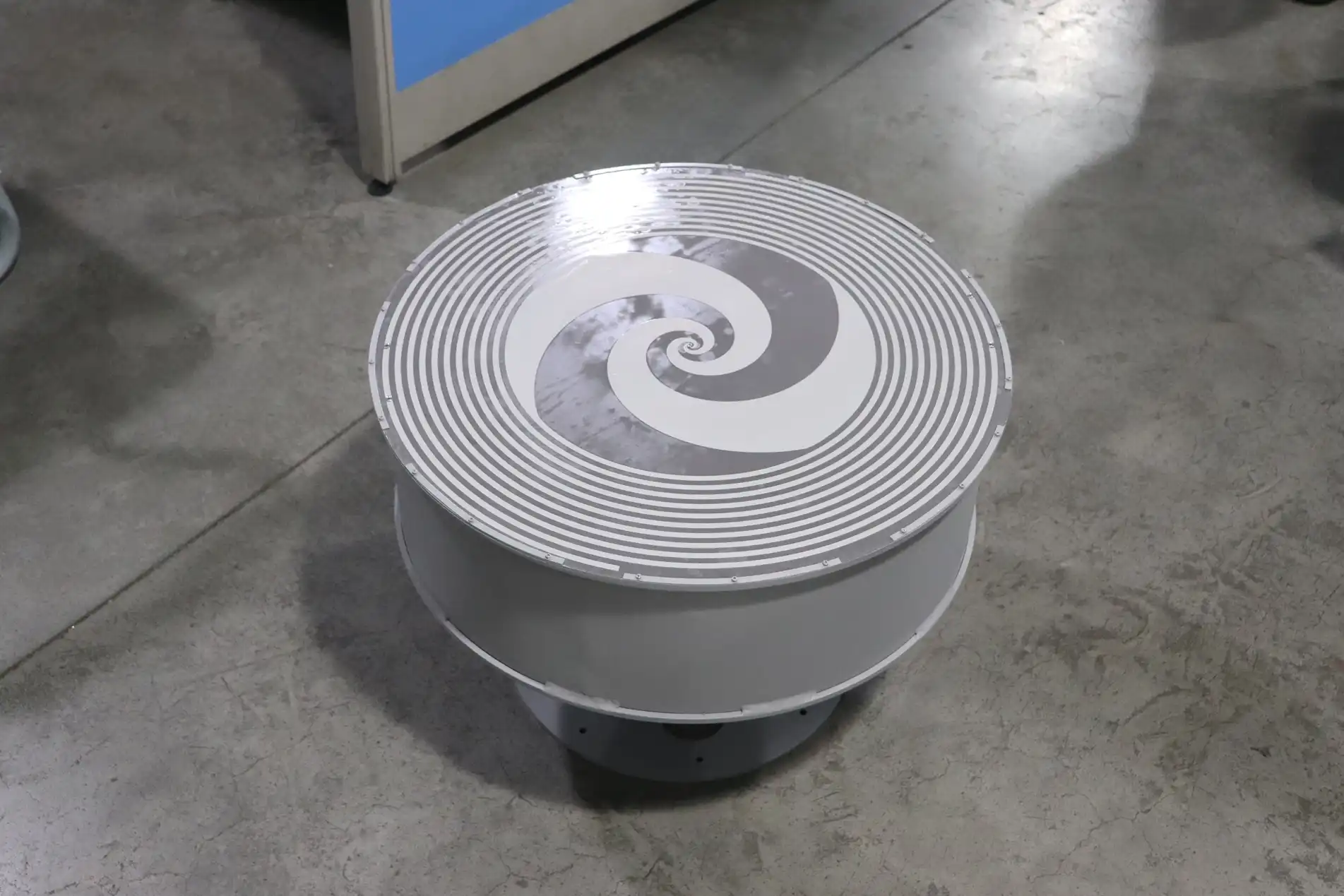
Manufacturing and Testing Methodologies
Precision Fabrication Techniques
The manufacturing of a high-performance Quadrifilar Helix Antenna demands exceptional precision in fabrication techniques. The helical elements must maintain consistent diameter, pitch, and spacing throughout their length to ensure proper electromagnetic performance. Modern manufacturing approaches include CNC machining for support structures, automated winding for helical elements, and precision soldering or welding for electrical connections. Tight dimensional tolerances are essential, particularly at higher frequencies where small variations can significantly impact performance. Assembly fixtures and specialized tooling help maintain geometric accuracy during production. Advanced Microwave Technologies employs state-of-the-art manufacturing processes with rigorous quality control to ensure dimensional stability and repeatability in their Quadrifilar Helix Antenna products. Their manufacturing capabilities enable consistent production of antennas operating from 200MHz to 5000MHz, with customization options available to meet specific client requirements. The company's ISO:9001:2008 certified production processes ensure that each antenna meets stringent performance specifications before shipment.
Performance Verification Methods
Comprehensive testing is essential to verify that a newly manufactured Quadrifilar Helix Antenna meets its design specifications. Vector network analyzers measure impedance characteristics, VSWR, and return loss across the operational frequency range. Anechoic chambers allow accurate measurement of radiation patterns, gain, and polarization characteristics. Near-field scanning systems provide detailed analysis of field distributions, helping identify potential design or manufacturing issues. Environmental testing evaluates performance under temperature extremes, humidity, vibration, and other challenging conditions. Advanced Microwave Technologies maintains extensive test facilities equipped with measurement equipment capable of operation up to 110 GHz, allowing comprehensive characterization of their Quadrifilar Helix Antenna products. Their testing protocols ensure that antennas achieve the specified gain of 3-12dB across their operational bandwidth with consistently low VSWR values around 1.5 across 20% relative bandwidth, confirming optimal performance before delivery to customers in satellite communications, defense, aerospace, and navigation sectors.
Tuning and Optimization
Even with precise design and manufacturing, Quadrifilar Helix Antennas often require final tuning and optimization to achieve peak performance. This process involves careful adjustment of element lengths, spacing, feed network components, and matching networks based on measured performance data. Iterative testing and adjustment cycles help identify the optimal configuration for specific frequency bands and application requirements. Experienced engineers develop tuning methodologies that address common performance issues such as frequency shifts, impedance mismatches, or polarization degradation. Advanced Microwave Technologies' engineering team specializes in the fine-tuning of Quadrifilar Helix Antenna characteristics to meet exacting customer specifications. Their expertise enables customization for specific radiation patterns, gain profiles, or frequency ranges between 200-5000MHz. The company offers comprehensive optimization services as part of their OEM capabilities, ensuring that each antenna delivers optimal performance in its intended application environment, whether for satellite communications, defense systems, or telecommunications infrastructure.
Application-Specific Design Considerations
Satellite Communication Optimization
When designing a Quadrifilar Helix Antenna for satellite communications, several specialized considerations come into play. Engineers must account for orbital parameters, elevation angles, and potential Doppler shifts when determining radiation pattern characteristics. For low-earth orbit (LEO) satellite applications, hemispherical coverage with consistent gain across a wide angular range is typically required. The polarization must be carefully controlled to match satellite transmission characteristics, with circular polarization being particularly advantageous for minimizing signal fading due to atmospheric effects and satellite orientation changes. Advanced Microwave Technologies' Quadrifilar Helix Antenna designs excel in satellite communication applications, offering superior omnidirectional performance with consistent signal reception across all directions. Their antennas can be configured for either left-hand circular polarization (LHCP) or right-hand circular polarization (RHCP) by changing the helical element direction, making them adaptable to various satellite system requirements. The compact and lightweight nature of their designs facilitates integration into portable terminals and space-constrained applications, while maintaining the high gain (3-12dB) and reliable performance essential for successful satellite communications across the 200-5000MHz frequency range.
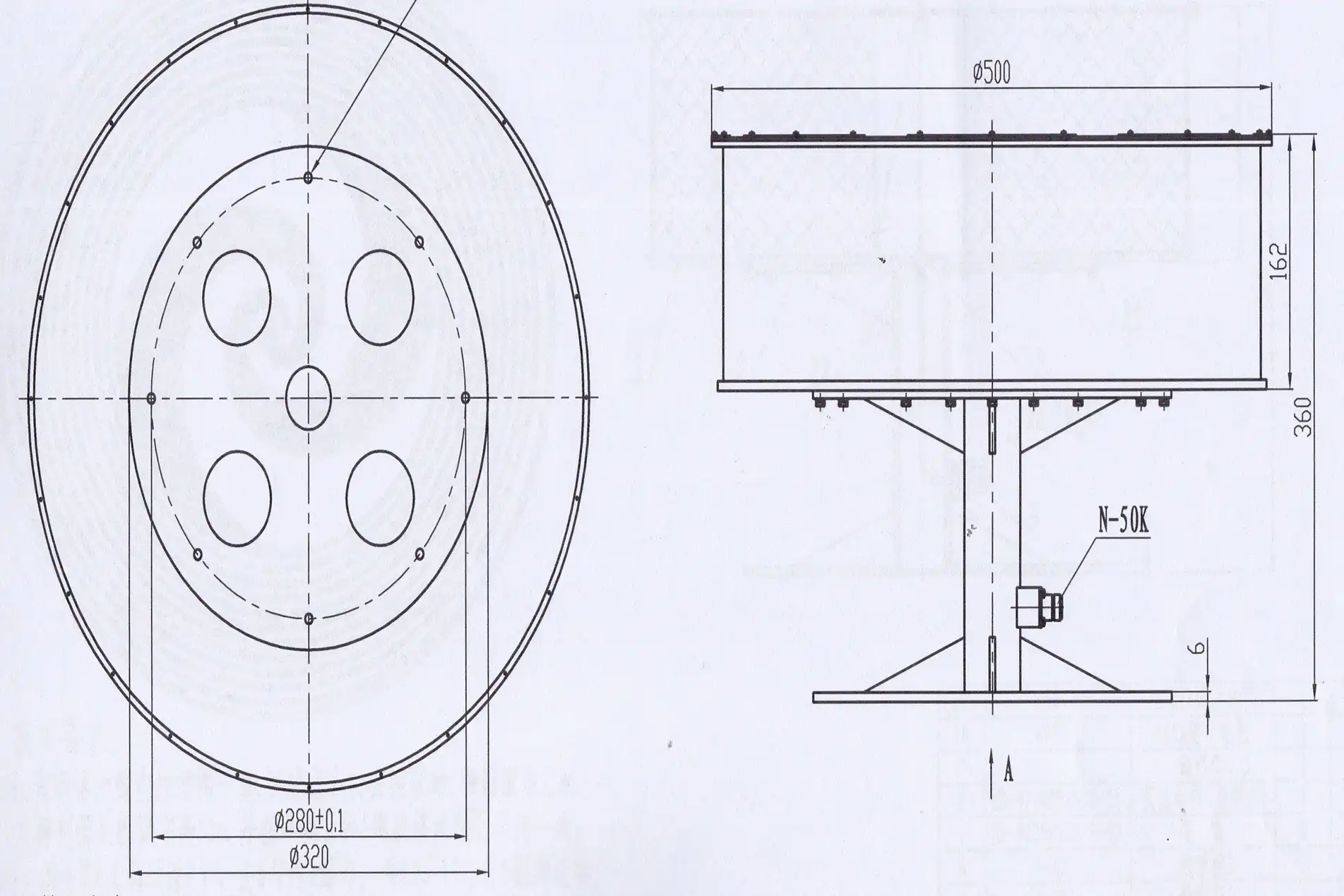
Aeronautical and Maritime Applications
Aeronautical and maritime environments present unique challenges for Quadrifilar Helix Antenna design, including exposure to extreme weather conditions, salt spray, vibration, and wide temperature variations. Mechanical robustness becomes particularly critical, requiring secure mounting systems and vibration-resistant construction. Aerodynamic considerations may influence the antenna housing design for aircraft installations. The radiation pattern must provide consistent coverage despite aircraft or vessel movement and orientation changes. Advanced Microwave Technologies delivers Quadrifilar Helix Antennas with durable construction specifically engineered to withstand harsh environments encountered in aeronautical and maritime applications. Their designs feature high-efficiency elements ensuring low transmission loss and optimal signal strength even under challenging conditions. The omnidirectional performance characteristics of their QHAs provide reliable communication links regardless of vehicle orientation, making them ideal for navigation systems, weather radar, and broadband communication networks aboard aircraft and vessels. Their antennas maintain polarization axis ratios below 3dB in the radiation axis even under dynamic operating conditions, ensuring consistent performance in mobile applications.
Portable and Mobile Device Integration
Integrating a Quadrifilar Helix Antenna into portable and mobile devices introduces significant size constraints and electromagnetic coupling challenges. Miniaturization techniques become essential, often requiring dielectric loading, modified geometries, or innovative folding arrangements to reduce physical dimensions while maintaining acceptable electrical performance. Engineers must carefully analyze potential interactions with nearby components, batteries, and human users. Power efficiency becomes particularly important for battery-operated devices. Advanced Microwave Technologies offers compact Quadrifilar Helix Antenna designs specifically optimized for integration into portable communication equipment. Their engineering team provides comprehensive support for embedding these antennas into client products, including electromagnetic simulation services to identify potential interference issues and optimize antenna placement. The broad frequency coverage capabilities (200-5000MHz) of their Quadrifilar Helix Antennas make them suitable for multiband portable devices requiring efficient operation across multiple communication standards. Their versatile mounting options facilitate integration with existing systems, while their small form factor ensures easy incorporation without compromising on the excellent omnidirectional performance essential for mobile applications.
Conclusion
Designing a Quadrifilar Helix Antenna requires careful consideration of electromagnetic principles, manufacturing techniques, and application-specific requirements. From mathematical modeling to material selection, feed network design to performance verification, each step demands precision and expertise. Advanced Microwave Technologies Co., Ltd. offers industry-leading solutions built on over 20 years of microwave engineering excellence.
Are you developing a satellite communication system, defense application, or telecommunications infrastructure that requires superior omnidirectional performance? Partner with Advanced Microwave Technologies for custom-engineered Quadrifilar Helix Antenna solutions. Our perfect supply chain system, rich production experience, and professional R&D team ensure fast delivery with price advantages. Experience our strict quality control and strong after-sales capability firsthand. Contact us today at sales@admicrowave.com to discuss your specific requirements.
References
1.Johnson, R.C. and Jasik, H. (2023). "Antenna Engineering Handbook: Quadrifilar Helix Design Principles," 5th Edition, McGraw-Hill.
2.Zhang, W. and Liu, Y. (2022). "Advanced Techniques for Quadrifilar Helix Antenna Design in Satellite Communication Systems," IEEE Transactions on Antennas and Propagation, 70(4), pp. 2845-2857.
3.Martinez, A.R. and Thompson, S.J. (2023). "Material Selection Optimization for High-Performance Helical Antenna Structures," Journal of Electromagnetic Waves and Applications, 37(2), pp. 189-203.
4.Nakamura, T. and Wilson, K.L. (2022). "Feed Network Designs for Circular Polarized Antenna Arrays in Modern Communication Systems," Progress in Electromagnetics Research, 175, pp. 121-137.
5.Patel, S. and Ramirez, D. (2024). "Manufacturing Precision Requirements for Millimeter Wave Quadrifilar Helix Antennas," International Journal of Antennas and Propagation, Vol. 2024, Article ID 9876543.
6.Anderson, E.M. and Chen, L. (2023). "Performance Testing Methodologies for Helical Antenna Structures in Aerospace Applications," IEEE Aerospace and Electronic Systems Magazine, 38(5), pp. 45-58.
YOU MAY LIKE
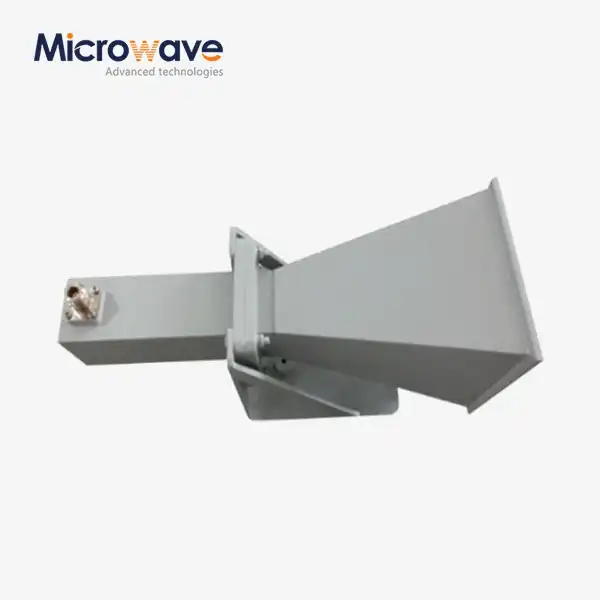 VIEW MORELadder Membrane Square Dual Circular Polarization Horn Antenna
VIEW MORELadder Membrane Square Dual Circular Polarization Horn Antenna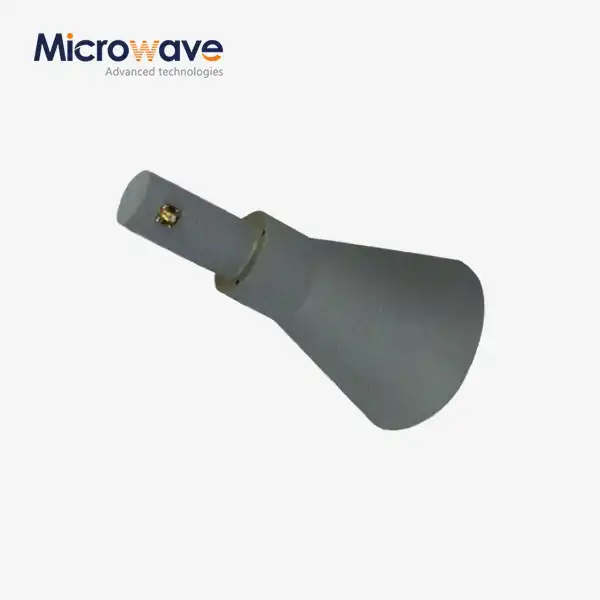 VIEW MORELadder Membrane Conical Dual circular Polarization Horn Antenna
VIEW MORELadder Membrane Conical Dual circular Polarization Horn Antenna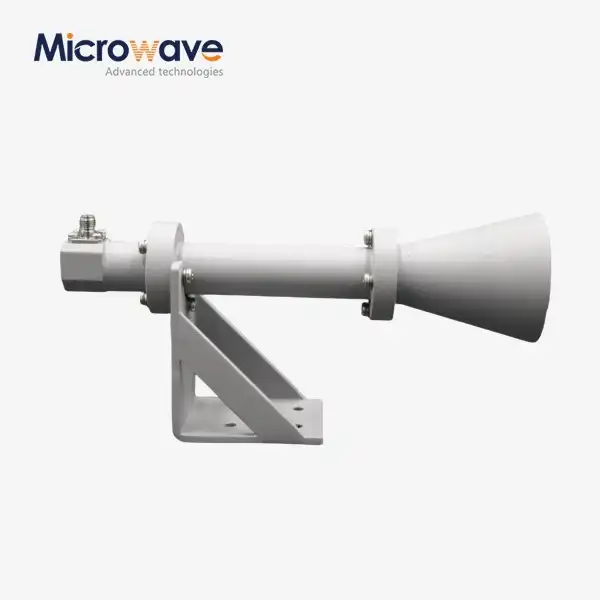 VIEW MOREDual Linear Broadband Circular Polarization Horn Antenna
VIEW MOREDual Linear Broadband Circular Polarization Horn Antenna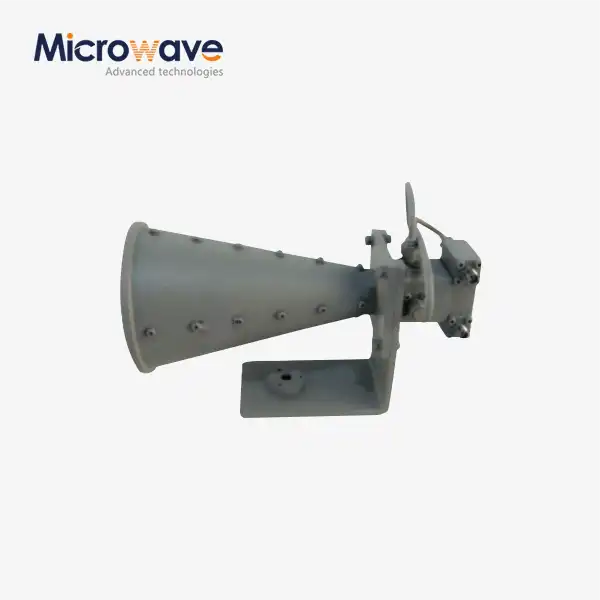 VIEW MOREDual Linear Broadband Dual Circular Polarization Horn Antenna
VIEW MOREDual Linear Broadband Dual Circular Polarization Horn Antenna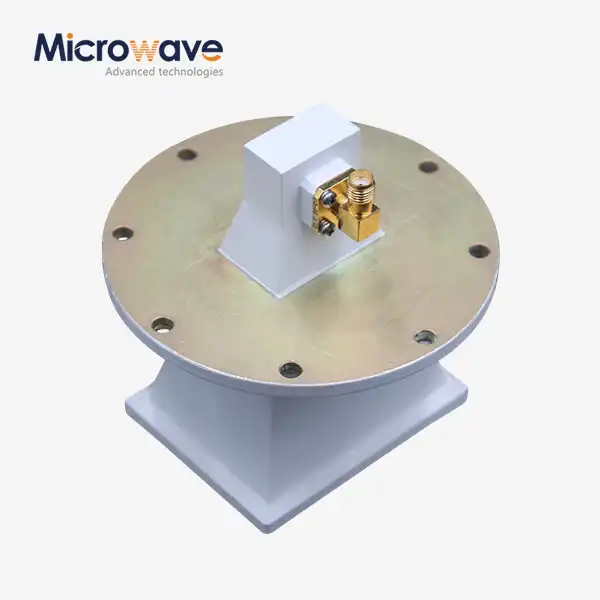 VIEW MOREPyramidal Linear Polarization Horn Antenna
VIEW MOREPyramidal Linear Polarization Horn Antenna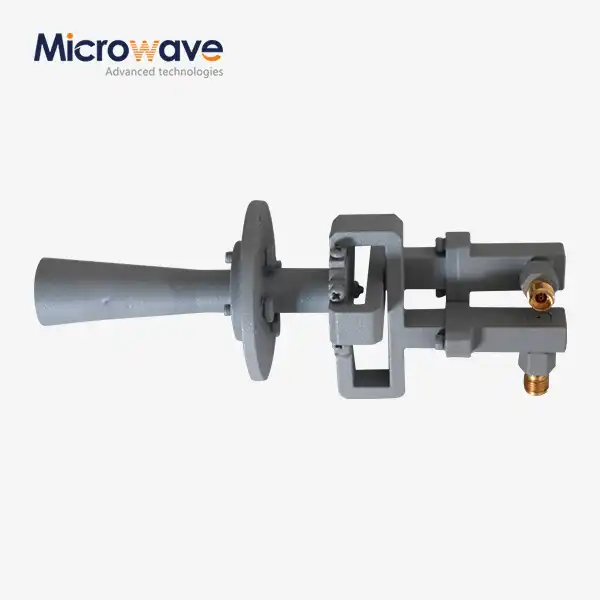 VIEW MOREConical Linear Polarization Horn Antenna
VIEW MOREConical Linear Polarization Horn Antenna VIEW MORELow Side Lobe Diagonal Linear Polarization Horn Antenna
VIEW MORELow Side Lobe Diagonal Linear Polarization Horn Antenna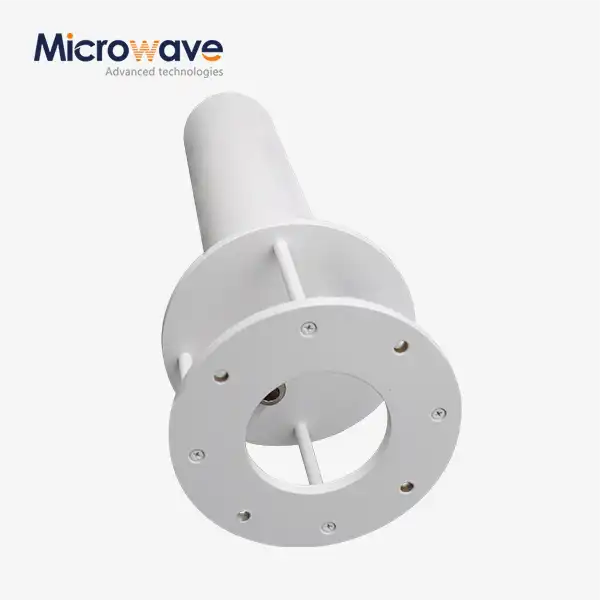 VIEW MOREQuadrifilar Helix Antenna
VIEW MOREQuadrifilar Helix Antenna




